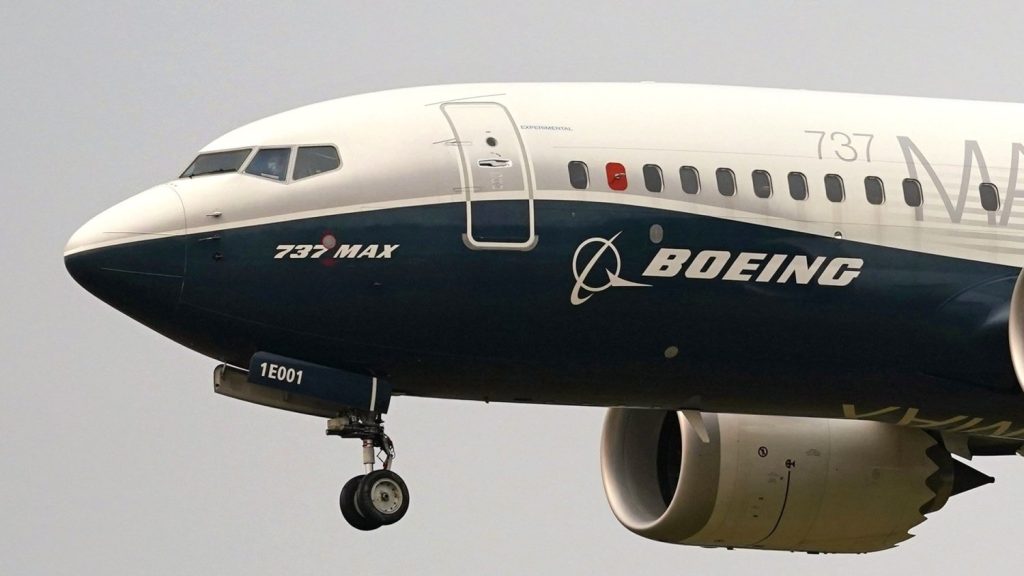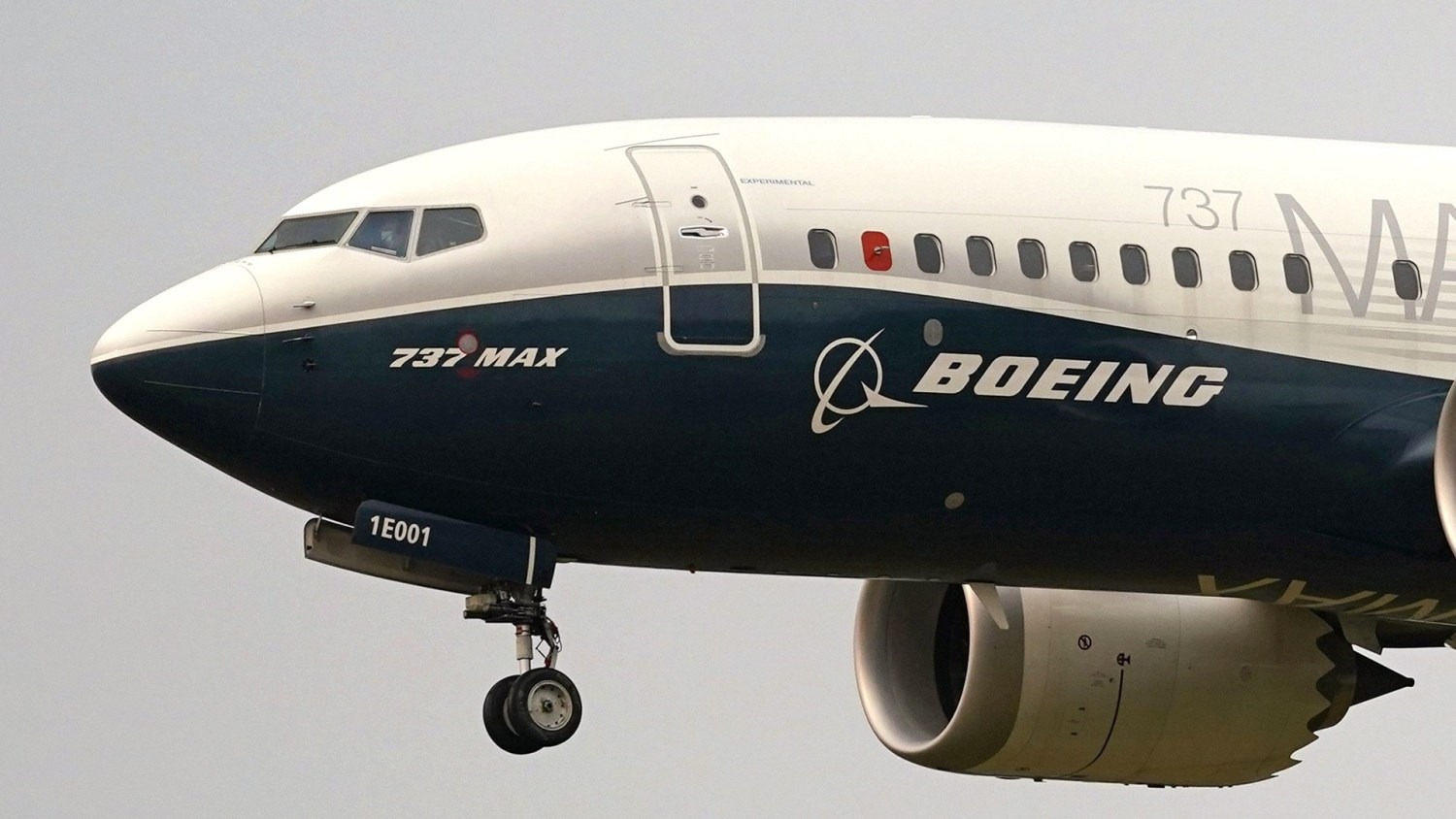FAA Investigating Substantial Damage to Boeing 737 Max in ‘Dutch Roll’ Incident

Rare Phenomenon Causes Damage to Southwest Airlines Jet
A federal investigation is underway after a Southwest Airlines Boeing 737 Max experienced substantial damage due to a rare phenomenon known as a Dutch roll at nearly 38,000 feet. The incident occurred on May 25, affecting Flight N8825Q, which was en route from Phoenix to Oakland carrying 175 passengers and six crew members.
Understanding the Dutch Roll Phenomenon
Dutch roll is a potentially dangerous lateral asymmetric movement, akin to the movements of ice skaters, where the aircraft’s tail yaws or wags left and right while its wings rock side to side. This phenomenon can challenge an aircraft’s stability and control.
FAA and NTSB Launch Investigation
The Federal Aviation Administration (FAA) announced on Thursday that it is collaborating with Boeing and the National Transportation Safety Board (NTSB) to determine the cause of the incident. An FAA spokesperson stated, “The FAA is working closely with the NTSB and Boeing to investigate this event. We will take appropriate action based on the findings.” The FAA also noted that no other airlines have reported similar issues with their aircraft.
Incident Details and Safety Protocols
A preliminary report from the FAA revealed that the aircraft “experienced a Dutch roll, regained control and post flight inspection revealed the damage to the standby PCU,” referring to the power-control unit. Despite the substantial damage, the plane landed safely in Oakland with no reported injuries.
Federal aviation regulations stipulate that a Dutch roll occurring below the allowed speed “must be positively damped with controls free, and must be controllable with normal use of the primary controls without requiring exceptional pilot skill.” In most cases, an aircraft’s yaw dampener should correct this lateral movement.
Boeing’s Response and Ongoing Safety Measures
Boeing has not provided a comment on the incident. However, the company is currently under several investigations, including one by the Justice Department, following a panel blow-out on a 737 Max 9 plane in January. This incident prompted further probes into other Boeing models, including the 787 Dreamliner.
In response to these issues, Boeing has emphasized its investment in safety practices, including the use of machine-learning algorithms to detect potential faults.


